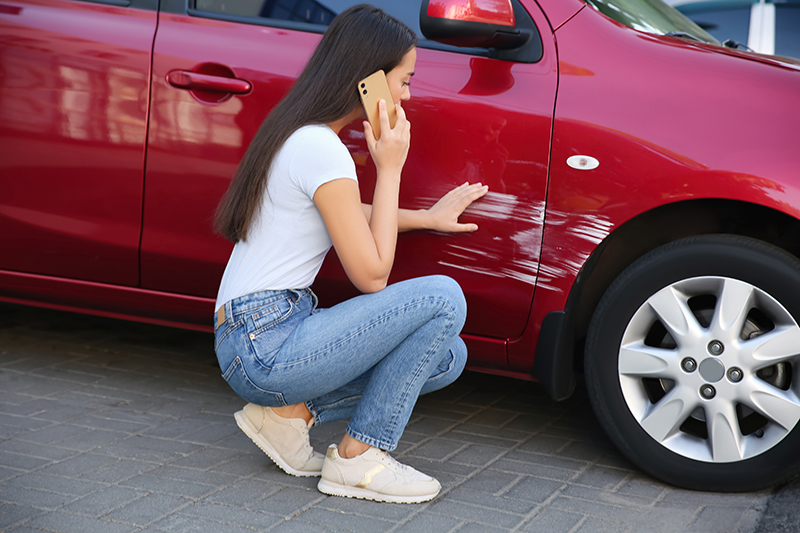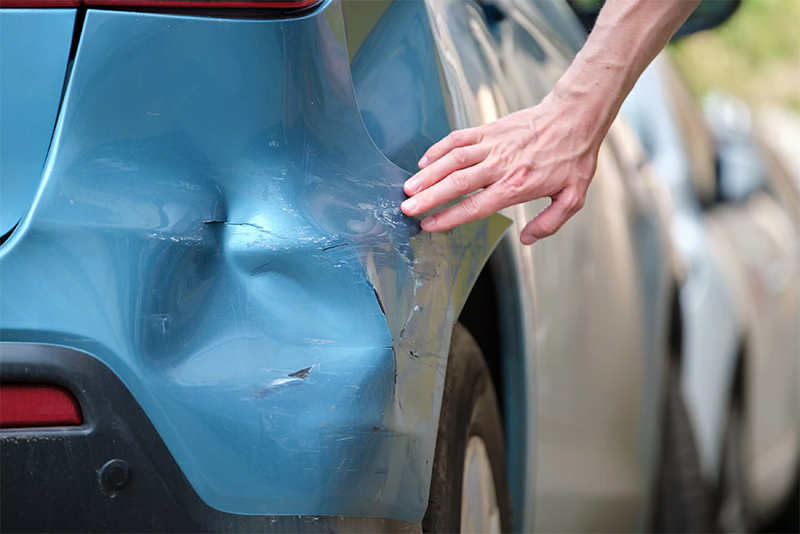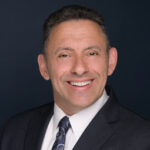Returning a leased car after an accident? Don’t worry; we’re here to help you through it. This guide breaks things down into easy steps.
From dealing with insurance to sorting out damages and talking to the leasing company – we’ve got simple tips for you.
Getting Into an Accident in a Leased Car
While individuals typically understand the basic process of filing a claim when driving a personally owned vehicle and have a grasp of their financial obligations post-accident, there’s often a lack of awareness regarding potential complications that may arise when involved in an accident while driving a leased car.
In the year 2020, a total of 5,250,837 collisions happened in the US alone. [1]

Actions To Take After a Leased Car Accident
If you experience a collision with a leased vehicle, the process is quite similar to what you would encounter if you had chosen to purchase the car instead.
Take the following actions:
- Check for Injuries: Ensure that everyone involved in the accident is okay. If there are injuries, call for medical assistance immediately.
- Move to a Safe Location: If possible, move the vehicles to the side of the road to avoid blocking traffic and prevent further accidents.
- Call the Police: Report the accident to the police, even if it’s minor. A police report can be necessary for insurance claims.
- Exchange Information: Exchange names, contact information, and insurance details with the other driver(s) involved. Also, gather contact information from any witnesses.
- Document the Scene: Take pictures of the accident scene, including vehicle damage, license plates, and the surrounding area. This documentation can be valuable for insurance claims.
- Don’t Admit Fault: Avoid admitting fault or making statements that could be interpreted as an admission of guilt. Stick to the facts when discussing the incident.
- Seek Medical Attention: Even if you don’t feel injured, seek medical attention. Injuries may not be immediately apparent, and a medical examination can uncover issues.
- Notify Your Insurance Company: Report the accident to your insurance company as soon as possible. Provide them with accurate and detailed information about the incident.
- Follow Up: Keep track of medical appointments, repair estimates, and any other relevant documents. This information will be useful during the claims process.
- Consult an Attorney: If you encounter challenges with the insurance process or face legal issues, consult a personal injury attorney for guidance and support.
In addition, informing your leasing company about the collision is mandatory, even if you get repairs done.
Who is Responsible for a Leased Vehicle’s Insurance?
All drivers, in adherence to their state’s insurance regulations, must carry specific types of insurance.
In Nevada, drivers leasing vehicles must have three insurance coverages: property damage coverage, bodily injury coverage per accident, and bodily injury coverage per person. These insurance requirements ensure that the leased vehicle is adequately covered in case of property damage or bodily injuries.

Who Covers the Cost of Repairs for a Leased Vehicle?
The responsibility for repairs on a leased car typically falls on the lessee, the person leasing the vehicle. When you lease a car, you must usually maintain the vehicle in good condition, adhering to specific guidelines outlined in your lease agreement. This includes addressing any necessary repairs.
If you are the at-fault driver and have liability insurance, insurance would typically cover the costs of repairs. However, if your coverage is insufficient, the leasing company may demand that you continue making lease payments even after the car is totaled.
In this case, having gap insurance can help cover the difference between the actual cash value of the car and the amount still owed on the lease.
Liability coverage can also help cover damage costs to the other party’s vehicle. Review the lease agreement terms and insurance coverage to determine who is responsible for repairs and what financial protections are in place.
What is Gap Insurance, and is it Mandatory?
Gap insurance, also known as guaranteed asset protection insurance, is an important type of coverage when leasing or financing a vehicle. It covers the “gap” between the amount owed on a car loan and the vehicle’s actual cash value.
This is important because vehicles depreciate quickly, and in the event of a total loss, the insurance payout may not be enough to cover the remaining lease or loan balance. Without gap insurance, the lessee or borrower would have to pay the difference out of pocket.
What if the Crash Involving a Leased Car Wasn’t Your Fault?
If you are involved in a car crash, and it was not your fault, the at-fault driver’s insurance company would typically be responsible for covering the damages to the leased car. In the case of a leased car, the leasing company may also have specific insurance requirements or policies in place.
Review the lease agreement terms to understand what steps to take and who is responsible for covering the damages in the event of a crash. Document the incident with all relevant information and contact your insurance and leasing companies as soon as possible.

Have You Recently Been in a Car Accident Involving a Leased Vehicle?
It’s important to know your rights and understand how to protect yourself. Contact Goldberg & Loren’s car accident lawyers today for a free consultation.
FAQs – Accidents with Leased Vehicles
Source:
[1] Bieber, C. (2023, January 23). Car Accident Statistics For 2023. Forbes Advisor. https://www.forbes.com/advisor/legal/car-accident-statistics/#sources_section

